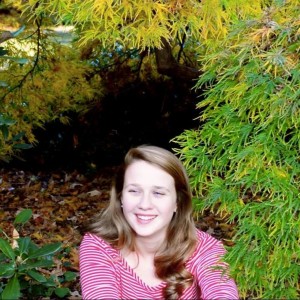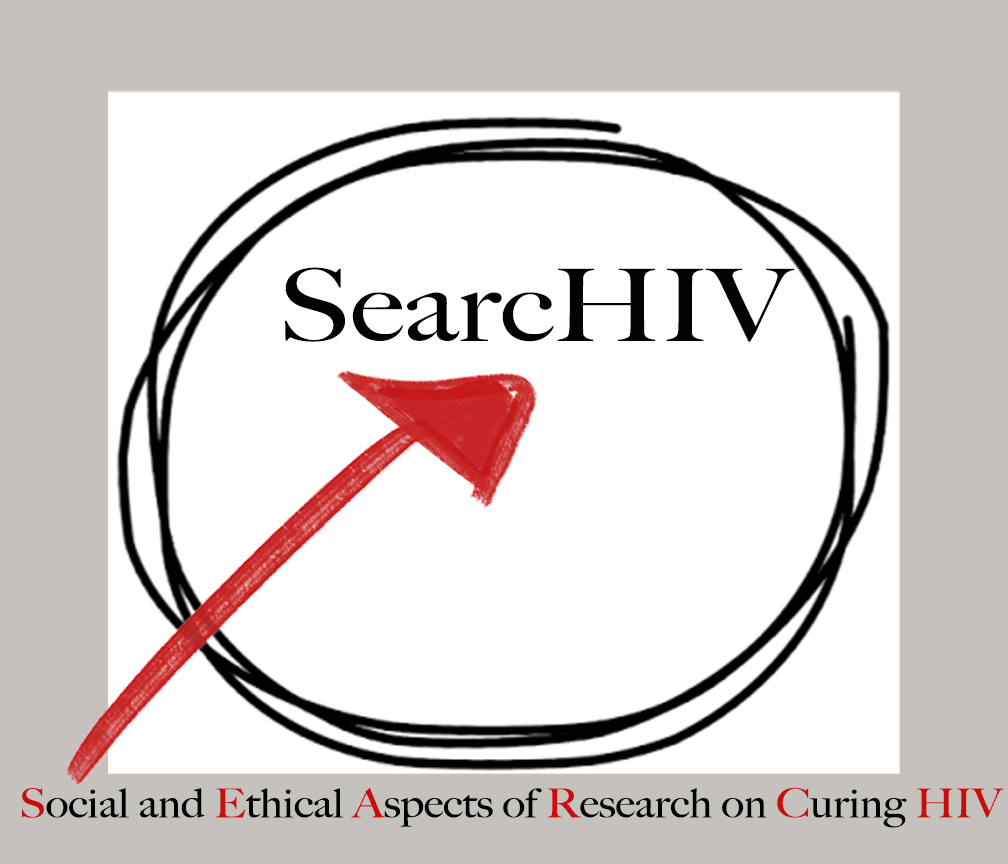
by Samantha Farley, searcHIV undergraduate intern
For university students like myself, the American Mock World Health Organization (AMWHO) Conference provided our first immersion into the world of public health and policy. AMWHO was established at UNC Chapel Hill in 2014 and has since drawn international crowds to our campus to discuss issues ranging from refugee crises to non-communicable diseases. As a mock conference, students apply to represent specific countries, conduct research, and then take positions—on their country’s behalf—on current policies being discussed in the WHO. AMWHO 2015’s theme revolved around the development and implementation of universal healthcare coverage—no small feat for any country to overcome, much less all the UN member states. As a prospective public health student suddenly turned Egyptian delegate to the WHO, I was challenged and sometimes frustrated by the responsibility of creating legislation to combat huge issues like the rise of chronic, non-communicable diseases and the spread of infectious disease spreading from Syrian refugees. Despite these challenges, I was excited by the fact that participating in the AMWHO was my first tangible experience dealing with the social science of medicine and health—how cures and vaccines directly impact people’s lives and perceptions of illnesses.
My experience participating in the AMWHO conference directly related to my current position as an undergraduate research assistant for the project, searcHIV: Social and Ethical Aspects of Curing HIV. I’ve come to understand how HIV impacts the research triangle and North Carolina—what demographics are most susceptible, how to engage people in conversations about stigma, the differences between functional cures and complete eradication of the HIV virus, etc. AMWHO provided me with a chance to apply what I’ve learned about HIV and cure research through the searcHIV project to a global perspective. I discovered that it is important to think about both the new and effective ways to reduce HIV-related stigma as well as to save people’s lives. Unlike in the United States, in developing countries, patients don’t have easy access to drug therapies like anti-retroviral therapies (ART) and pre-exposure prophylaxis (PrEP). Additionally, it is important to understand how context affects public health professionals’ ability to address the social issues related to HIV. Preventing and treating HIV is not as simple as boiling water or using mosquito nets like others do to prevent the spread of tuberculosis and malaria. Yet, what is exciting about the searcHIV project is we are dedicated to utilizing community engagement to increase community involvement in developing creative solutions to addressing issues related to HIV cure research.
I have come to realize through listening to experts like Tim Mastro, the Director of Global Health, Population, and Nutrition at international HIV non-profit FHI 360, is that the main focus to address the domestic and international HIV epidemic and to work toward finding a cure is health care accessibility, education, and community empowerment. Educating the public about the most recent advances in biomedical prevention and treatment technologies can revive the community’s interest in HIV-related issues. Lastly, learning how to better adapt research to fit communities as well as effectively learn from the public’s input can increase the effectiveness of policies, interventions, and biomedical research.
________________
Samantha Farley is a sophomore at UNC Chapel Hill and works as an intern with the 2BeatHIV Project, which is the community engagement subset of the searcHIV project.

